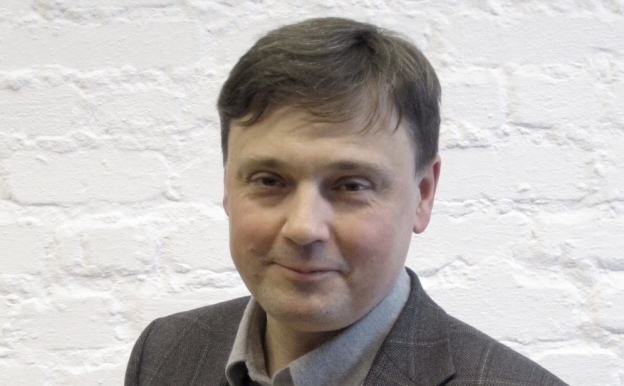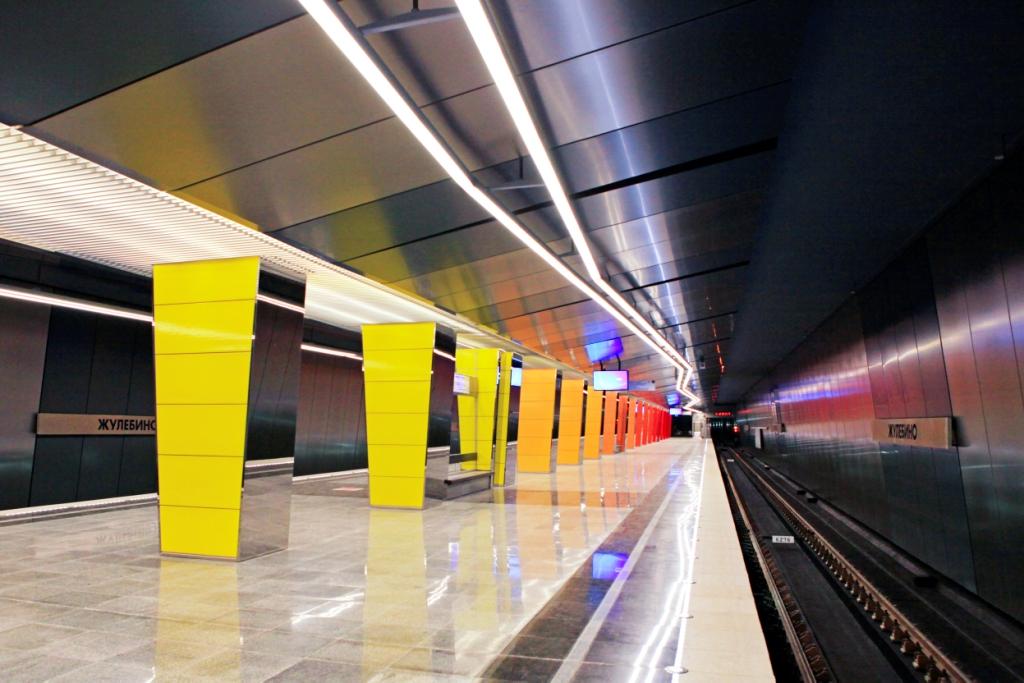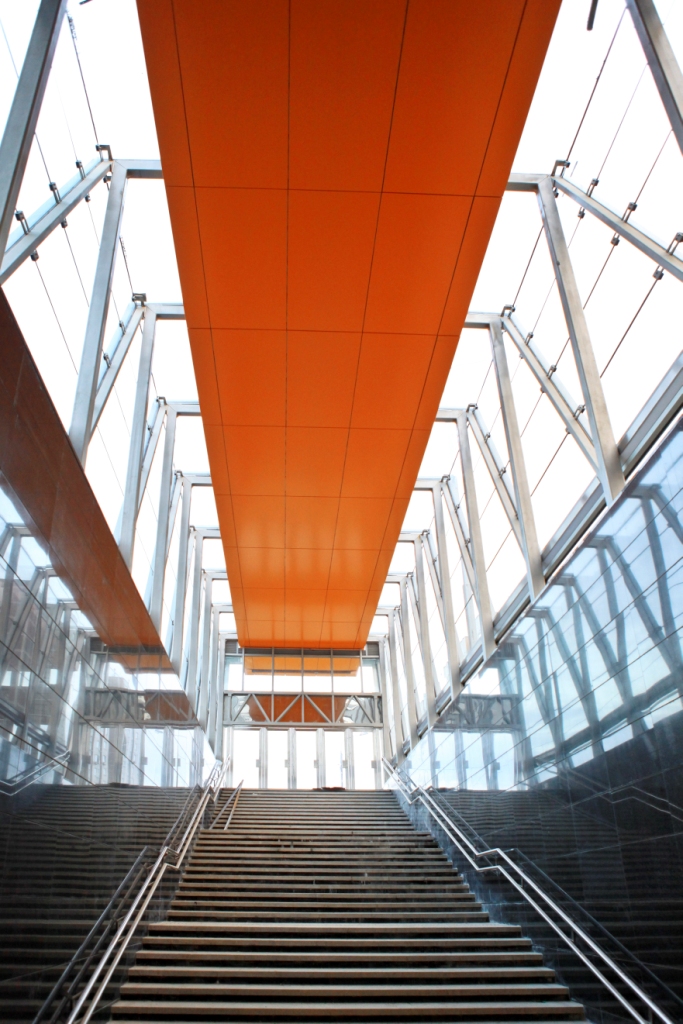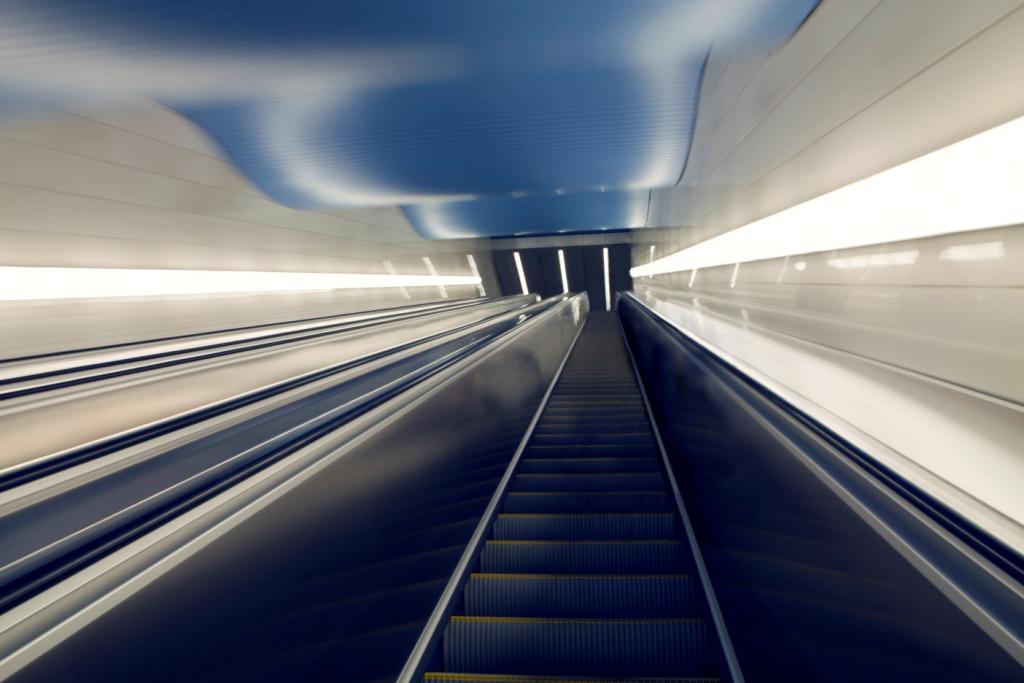Leonid Borzenkov: Our stations make for a positive transport environment

Mayor of Moscow Sergei Sobyanin has opened the Troparyovo station, extending the metro’s Red Line further in the direction of New Moscow. Like many other new stations, Troparyovo’s design is bright and modern. Metrogiprotrans’s Leonid Borzenkov told us more about new colors and functions of the capital’s underground system.
Moscow metro follows the same rhythm as the rest of the city, and the stations’ design changes as the years pass. The airiness and classicism of the 1930s differ dramatically from the grandiosity of the 1950s, and the 1960s utility brings us to contemporary patterns. When it comes to stations’ design, today’s trendsetters are Metrogiprotrans and Mosinzhproekt. They have created new stations’ architectural treatments that clearly show that our epoch has found its own unique metro style.

— You were behind the creation of probably the brightest and most avant-garde stations to date — Zhulebino, Novokosino and Lermontovsky Prospekt. What was your inspiration for such an expressive color scheme?
— All those stations are located in the neighborhoods outside the Moscow Automobile Ring Road (MKAD). Those neighborhoods don’t have a center per se, just rows and rows of apartment blocks. As soon as they are completed, new metro stations start to attract not only the passengers but the whole community as well. Considering the potential customers flow, it’s only natural that soon the stations find themselves to be in the middle of the commercial and entertaining centers. The task here is to make the process more organized, and this is where the spatial planning comes in. And when it comes to such projects, the color schemes are extremely important.

Imagine how sad and boring your life would be if you had to commute to your dull neighborhood every day, and the stations were just as dull and boring. In order to lift the people’s spirit, in order to make them happy to go back home we created those bright projects. We started with Novokosino and continued with Zhulebino and Lermontovsky Prospekt. Our goal was to bring an unbroken line of color to follow the passengers all the way down: it starts in the pavilion, continues in the underpasses, flows into the station.
Then we marked the entrance halls with different colors. When you’re leaving the station you can use the signage or you can simply recognize the exit you need by its color. The gradient is steeper on Lermontovsky Prospekt with only five colors, whereas on Zhulebino the gamut is wider and includes 9 colors blending into one another. We only used warmer hues specific to the period from spring till autumn: green, yellow, orange, and terracotta to red.

— The stations built in the 50s are usually called “underground palaces”. What would you call your projects?
— They’re not palaces. They make for a positive transport environment. When people find themselves in an esthetically pleasing space, they are less prone to vandalize it. When we decorated Novokosino station with bulk ceramics, we were worried everything would be broken. But it’s still there and in one piece. Of course, we had to wash graffiti off it for a while, but that’s not something we see happening a lot now. A positive environment really changes people.

— A lot has been said about transit hubs lately. What is your take on them?
— Transit hubs are a great solution, although we didn’t come up with it. Unfortunately, the concept is not being implemented at the speed that had been previously discussed. As soon as the idea of transit hubs came up, we started to develop the projects in cooperation with NIiPI Genplana, the R&D Institute of the Moscow General Development Plan. As a result, Novokosino station was designed to be able to incorporate a transit hub. Theoretically it was supposed to have been built by the time Novokosino was completed, but that didn’t happen. There is no way to tell when the transit hubs will appear. Same goes for Lermontovsky Prospekt and Ozyornaya.

— Speaking of transit hubs, do you believe metro needs additional functions?
— Everywhere else in the world the moment you go underground you find yourself in a multilevel, multifunctional space with supermarkets, shops, cafes etc. We’ve never had that, and the reason is simple: each department responsible for the metro development has its own agenda. They can never agree. The irony of it is that every one of them has always dreamt about having additional space for commercial purposes, but the project requirements usually don’t allow for it. In fact, even if you put it in the project, the expert commission will most likely have it discarded, because nobody asked for it. In order to have spaces like that we have to change the customer’s approach to project development. There should be a special consultant who knows what kinds of retail spaces are needed, and where exactly, and can create a business plan for them.
An example of how an opportunity to create successful commercial spaces could be used at the planning stage is the Delovoy Tsentr-Vystavochnaya transport hub. Since the stations were built within the substucture block of the Moscow City International Business Centre, there are huge spaces available in their halls. However, despite their closeness to the Afimall City, they are still left unused a year later, because no business model was created for those spaces.

— Shallow column stations, the so-called “centipedes” built in the 1960s, are also very typical for Moscow metro. They create a plain looking belt between the beautiful centre and the modern bright stations. Can something be done about them? Should it be done?
— Absolutely. Some of them, like Vykhino, require a major reconstruction. Others could do with a simple renovation. But even the latter should be done with integrity; a new transport environment complying with contemporary requirements has to be created. One station may be preserved as a landmark of this particular period in metro history.

— Let’s return to modern days. There has been a competition for the development of an architectural design for the Solntsevo and Novoperedelkino metro stations recently. Do you think the metro needs competitions like that?
— That competition was only for the design, not for the concept development. Competitions are great; they’re stimulating. The problem here is that, unlike Metrogiprotrans, the architectural bureaus that participate in contests like this have never worked with transport infrastructure before. However pretty their projects may be, they’ll have to be reviewed and rewritten as they are implemented, until nothing of the original plan remains. In any case, I think we could use contests like this from time to time, but not on a regular basis. Furthermore, it would be better if those were the competitions for the concept development, not just the design.
- Tags:
- Leonid Borzenkov |
- interview |
- metro and transport |
- competitions





